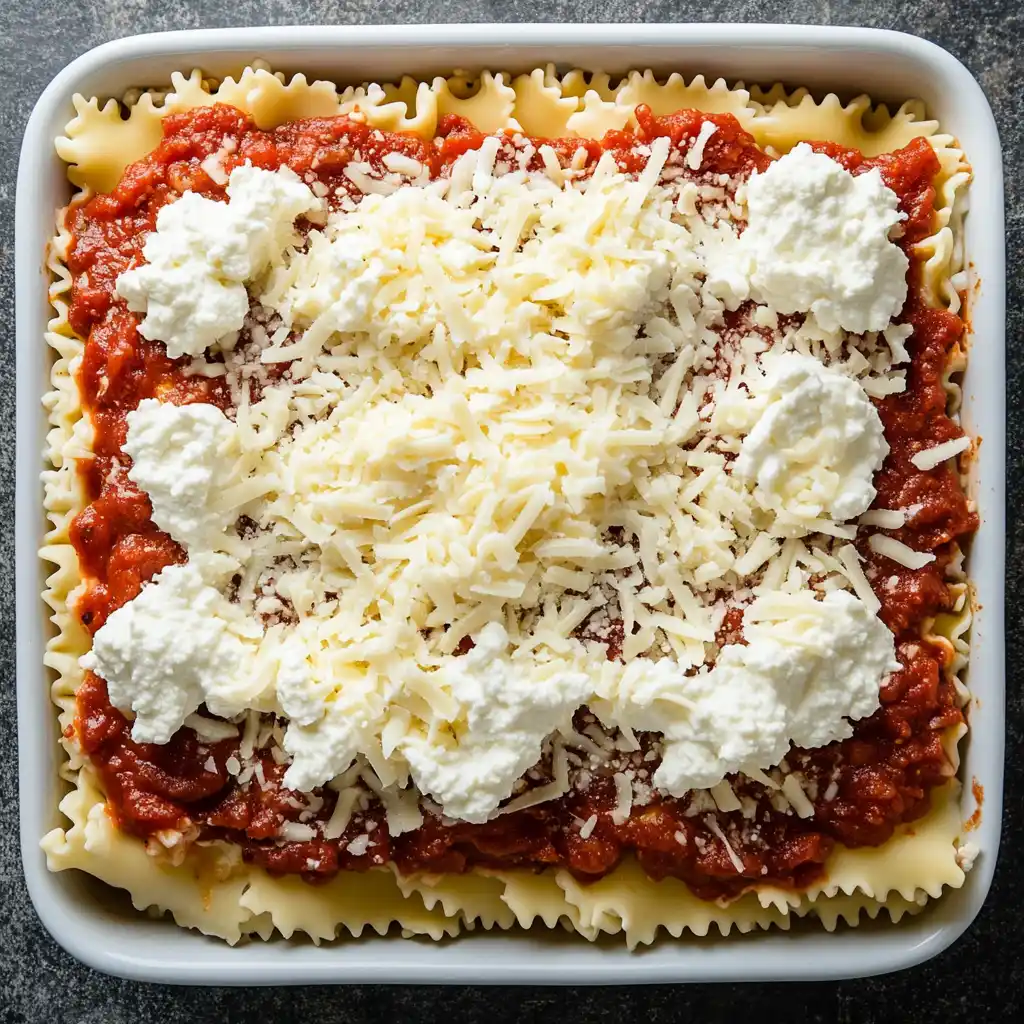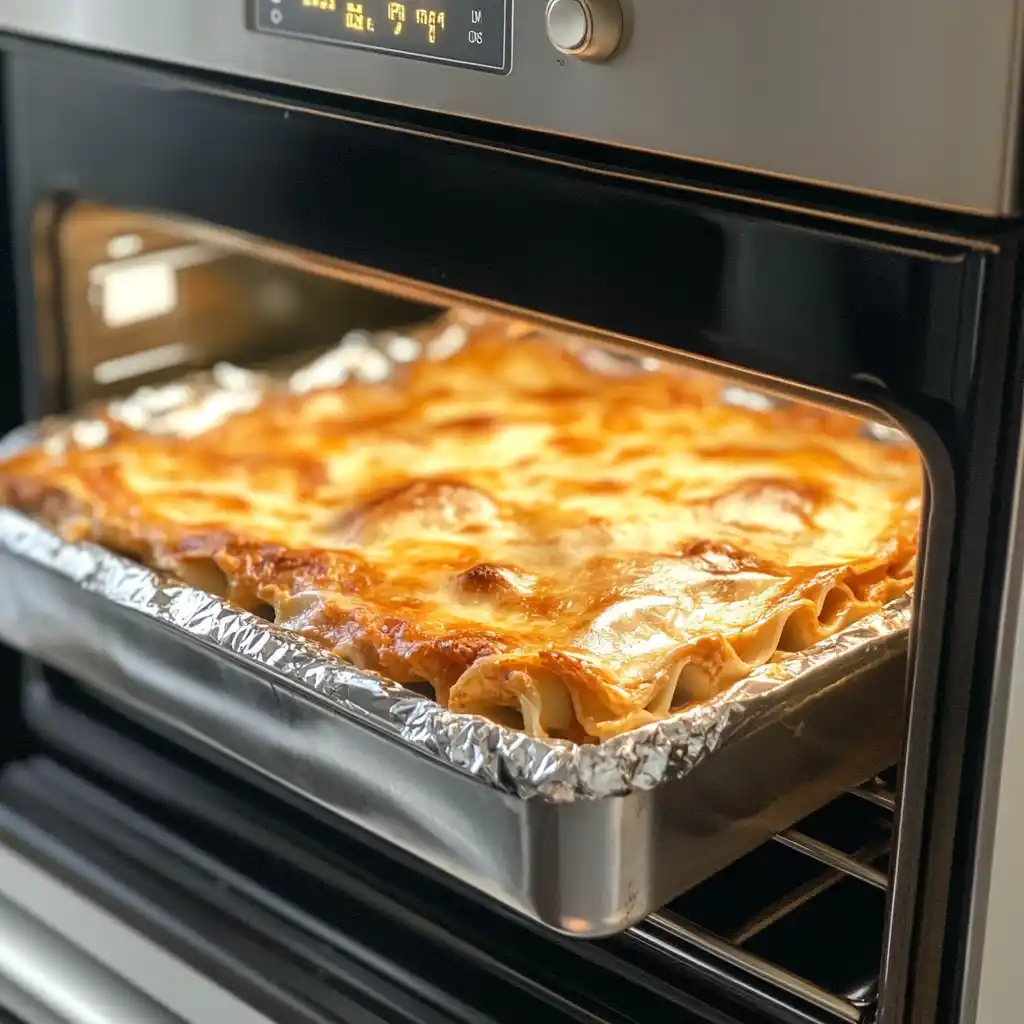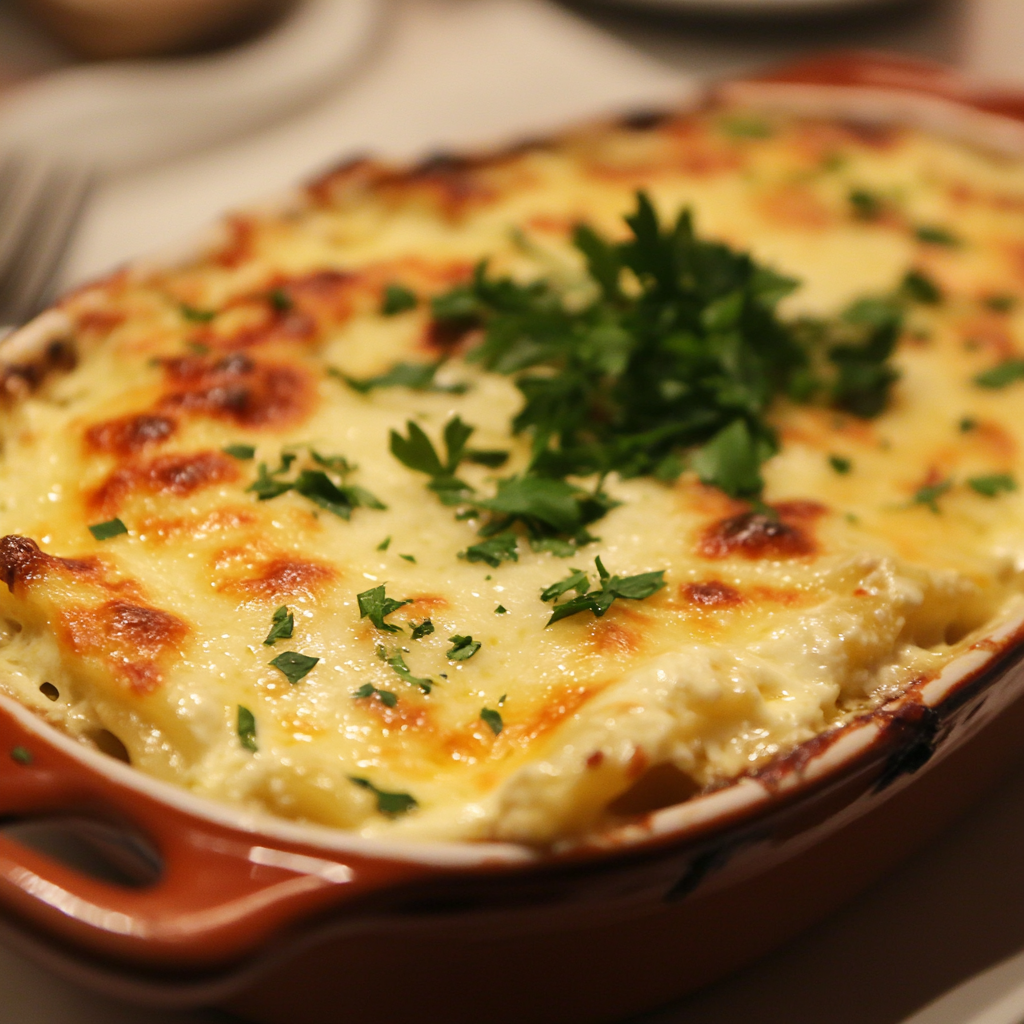Introduction
How Do I Keep Oven-Ready Noodles From Drying Out? Oven-ready lasagna noodles are a time-saving alternative to traditional pasta, allowing you to skip the boiling step. While they simplify the lasagna-making process, one common challenge is preventing them from drying out during baking. Dry noodles can lead to a tough, unappetizing texture that detracts from your dish’s flavor and appeal.https://royalesrecipes.com/barilla-lasagna-recipe/
In this article, we’ll cover why oven-ready noodles sometimes dry out, share tips for keeping them tender and moist, and provide strategies to ensure your lasagna turns out perfectly every time.
Why Do Oven-Ready Noodles Dry Out?
Insufficient Sauce
One of the most common reasons oven-ready lasagna noodles dry out is a lack of sufficient sauce. These noodles are designed to absorb moisture during baking, and without enough liquid, they can remain tough or develop a chewy texture. Unlike traditional noodles, oven-ready sheets rely entirely on the sauce to cook properly, making generous layering crucial.
If your sauce is too thick or unevenly distributed, it may not provide the moisture needed to hydrate the noodles fully. Additionally, dry spots or uncovered edges can cause parts of the noodles to become brittle, especially near the sides of the baking dish.
To avoid this issue, ensure every layer of noodles is fully coated with sauce. Use at least 4–5 cups of sauce for a standard 9×13-inch lasagna. If your sauce is particularly thick, consider thinning it slightly with water or broth before assembling your dish. By ensuring adequate moisture, you can guarantee tender, perfectly cooked noodles throughout your lasagna.
Improper Layering
Improper layering is another common reason oven-ready lasagna noodles may dry out during baking. When the noodles aren’t fully covered with sauce and fillings, they can be exposed to direct oven heat, which dries them out and makes the edges hard and brittle. Proper layering is essential to ensure even cooking and maintain the dish’s moisture.
To avoid this issue, start your lasagna with a generous layer of sauce on the bottom of the baking dish. This creates a protective barrier and prevents the first layer of noodles from sticking or drying out. When adding noodles, make sure each sheet is completely coated with sauce. Overlapping noodles slightly can also help seal in moisture and create a more cohesive dish.
Pay close attention to the edges of the noodles, as these areas are the most prone to drying out. Use extra sauce to cover any exposed edges, ensuring no part of the noodle is left bare. By layering carefully and thoroughly, you can achieve tender, evenly cooked noodles and a lasagna that’s moist and flavorful from the first bite to the last.
Skipping the Foil Cover
Skipping the foil cover during baking is a key mistake that can cause oven-ready lasagna noodles to dry out. The foil traps steam, which helps the noodles absorb moisture from the sauce and cook evenly. Without this protective barrier, the moisture evaporates too quickly, leaving the noodles undercooked or brittle, especially around the edges.
Why Covering Matters

- Retains Moisture:
- A foil cover prevents excessive evaporation, ensuring the noodles stay hydrated as they bake.
- Promotes Even Cooking:
- Trapped steam helps distribute heat evenly throughout the dish, softening all layers consistently.
- Protects the Top Layer:
- The foil shields the top cheese layer from over-browning or burning while the noodles cook.
How to Cover Properly
- Use Tight Seals:
- Cover the baking dish tightly with aluminum foil to lock in steam. Crimp the edges around the dish to create a secure seal.
- Prevent Sticking:
- Spray the underside of the foil with cooking spray or use parchment paper to prevent the cheese from sticking.
- Remove for Browning:
- For a golden, bubbly top, remove the foil during the final 10–15 minutes of baking.
By using a foil cover, you can maintain the moisture necessary for tender noodles while ensuring your lasagna cooks evenly and looks appetizing. This simple step makes a significant difference in the quality and texture of the final dish.
Overbaking
Overbaking is a common mistake that can lead to dry, tough oven-ready lasagna noodles. When lasagna stays in the oven too long, the moisture from the sauce and fillings evaporates, leaving the noodles under-hydrated and the overall dish less flavorful. This issue often occurs when the recommended baking time isn’t followed or when the oven temperature is set too high.
Why Overbaking Happens
- Ignoring the Timer:
- Forgetting to set a timer or checking the lasagna too late can easily result in overbaking.
- High Oven Temperature:
- Baking lasagna at a temperature higher than 375°F (190°C) can cause the sauce to dry out and the noodles to become hard.
- Thin or Uneven Layers:
- Lasagnas with sparse sauce or thin layers are more prone to drying out, especially during extended baking.
How to Prevent Overbaking
- Follow the Recommended Time:
- Most lasagna recipes suggest baking for 35–45 minutes at 375°F (190°C). Stick to this range to avoid drying out the dish.
- Check for Doneness:
- Insert a knife or fork into the center of the lasagna during the last few minutes of baking. If the noodles are tender and the sauce is bubbling, it’s ready to come out.
- Cover with Foil:
- Keep the lasagna covered for most of the baking time to retain moisture. Only remove the foil during the final 10–15 minutes for browning.
- Rest Before Serving:
- Allow the lasagna to rest for 10–15 minutes after baking. This helps the dish set and prevents further moisture loss.
By avoiding overbaking, you can preserve the rich, tender texture of the noodles and ensure your lasagna remains moist and delicious. Careful timing and temperature control are the keys to a perfectly baked dish.
How to Keep Oven-Ready Noodles From Drying Out
Use Plenty of Sauce
- Generous Layering:
- Ensure every layer of noodles is fully covered with sauce. Aim for at least 4–5 cups of sauce for a standard 9×13-inch lasagna.
- Thin Out Thick Sauces:
- If your sauce is chunky or thick, add ½ to 1 cup of water or broth to create additional moisture.
Layer Properly
- Start with Sauce:
- Always begin with a layer of sauce at the bottom of the baking dish to prevent the first layer of noodles from sticking or drying out.
- Cover All Edges:
- Make sure the edges of the noodles are fully coated with sauce to keep them from becoming brittle during baking.
Add Liquid Around the Edges
- Extra Moisture:
- Pour ½ cup of water or broth around the edges of the baking dish before covering it with foil. This ensures the noodles stay hydrated as they bake.
- Steam Effect:
- The added liquid creates steam, which helps keep the noodles tender.
Cover While Baking
- Trap the Steam:
- Cover the baking dish tightly with aluminum foil for the first 25–30 minutes of baking. This prevents moisture loss and helps the noodles cook evenly.
- Uncover for Browning:
- Remove the foil during the last 10–15 minutes of baking to allow the cheese to melt and brown.
Don’t Overbake
- Stick to the Recommended Time:
- Follow the recipe’s suggested baking time, usually 35–45 minutes at 375°F (190°C).
- Check for Doneness:
- Insert a knife or fork into the center of the lasagna. If the noodles are tender and the dish is bubbling, it’s ready to come out of the oven.
Tips for Perfect Lasagna with Oven-Ready Noodles

- Pre-Soak Noodles:
- If you’re using a recipe with less sauce, briefly soak the oven-ready noodles in warm water for 5–10 minutes before layering. This helps hydrate the noodles and prevents dryness.
- Use Creamy Fillings:
- Incorporate ricotta, béchamel, or mascarpone cheese into your lasagna for added creaminess and moisture.
- Rest Before Serving:
- Let the lasagna sit for 10–15 minutes after baking to allow the noodles to absorb any remaining liquid. This step also helps the layers set for cleaner slicing.
FAQs About Keeping Oven-Ready Noodles Moist
Do I need to soak oven-ready noodles before baking?https://websiteseochecker.com/bulk-check-page-authority/#arearesult
Soaking is usually unnecessary if you use plenty of sauce. However, if your recipe is light on liquid, soaking the noodles in warm water for a few minutes can help hydrate them.
How much sauce should I use for oven-ready noodles?
Aim for 4–5 cups of sauce for a standard 9×13-inch lasagna. Make sure each noodle layer is fully covered to ensure even cooking.
Can I add extra liquid to lasagna with oven-ready noodles?
Yes, adding ½ to 1 cup of water or broth around the edges of the dish can help keep the noodles tender and prevent them from drying out.
Why do the edges of my noodles stay hard?
Hard edges typically occur when the noodles are not fully covered with sauce. Be sure to coat the edges thoroughly and add liquid if needed.
What should I do if my lasagna is still dry after baking?
If the lasagna appears dry, cover it with foil and bake for an additional 5–10 minutes with ½ cup of added water or broth to rehydrate the noodles.
Conclusion
Preventing oven-ready noodles from drying out is simple with the right techniques. By using plenty of sauce, layering properly, and covering the dish during baking, you can ensure your lasagna turns out tender, flavorful, and perfectly cooked.

With these tips, you’ll enjoy a hassle-free lasagna-making experience and a dish that’s sure to impress family and friends. Say goodbye to dry noodles and hello to delicious, moist lasagna every time!

